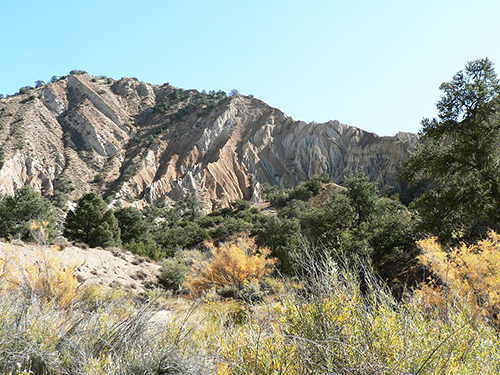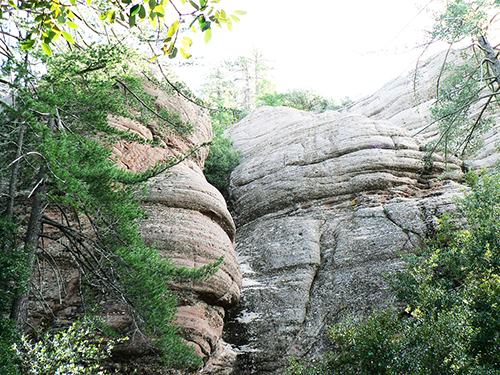Today, the U.S. Forest Service released its final policy against protecting any new wilderness areas in the Los Padres National Forest. The “no new wilderness” policy was selected as the agency’s preferred alternative in a final environmental impact statement (EIS) outlining how forest officials will manage sixteen roadless areas spanning 421,058 acres in the Los Padres National Forest in Santa Barbara, Ventura, Kern, and San Luis Obispo counties.
The final policy is virtually unchanged from a proposal announced earlier this year. During the public comment period on the draft policy, the public submitted more than 10,000 comments asking forest officials to reconsider the proposed “no new wilderness” policy and urging the agency to instead recommend several roadless areas for permanent wilderness protection. A wilderness recommendation would immediately bar development and road construction in these pristine areas.
“Residents and forest users from throughout the Central Coast have spoken loud and clear about wanting more of our local forest protected as wilderness,” said Jeff Kuyper, executive director of Los Padres ForestWatch, a nonprofit organization that generated more than two thousand comments from throughout the central coast demanding more wilderness protections for the Los Padres National Forest. “Unfortunately, this no-new-wilderness policy keeps some of our region’s most remote, undeveloped lands open for oil drilling, mining, and other types of development.”

The no-new-wilderness policy was first announced in February, when the U.S. Forest Service proposed long-awaited changes to the management plan for the Los Padres National Forest and released a draft EIS for public review and comment. The proposed changes prohibited motorized vehicles across more than 300,000 acres of forest land – a good first step – but the Forest Service failed to recommend a single acre for formal designation as “wilderness.”
In May, thousands of local residents flooded the U.S. Forest Service with comments demanding that forest officials place stronger, more permanent protections across pristine areas of the Los Padres National Forest. When the comment period closed in May, the Forest Service had received more than 10,000 comments, the vast majority of which asked the agency to adopt Alternative 3. That alternative – dubbed the Recommended Wilderness Emphasis Alternative – would recommend permanent wilderness protections for many of the roadless areas.
Also during the comment period, more than fifty local land and water conservation organizations – with a collective membership of more than 20,000 residents – joined ForestWatch in asking the Forest Service to protect more lands as wilderness. Two expert wildlife agencies – the U.S. Fish & Wildlife Service and NOAA Fisheries – also weighed in, recommending that the Forest Service identify certain lands for wilderness protection to safeguard habitat for endangered species like the California condor and southern steelhead. Several local elected officials also submitted letters promoting more wilderness protections in the Los Padres National Forest.
Recommending areas for wilderness designation is the first step towards securing permanent protection for these lands under the Wilderness Act of 1964. The Wilderness Act is America’s strongest land conservation tool – wilderness lands are forever protected from development. Camping, hiking, horseback riding, fishing, and hunting are all allowed in wilderness.

“Wilderness protection is the best way to ensure that we all can continue to enjoy clean mountain streams, wildlife habitat, and the great outdoors without threat of development,” said Kuyper. “We will continue to work with the Forest Service and other stakeholders to reverse this no-new-wilderness policy so that our local forest lands receive the protection they deserve.”
But the Forest Service’s Preferred Alternative 2a falls short of permanent protection by continuing this no-new-wilderness policy, with just a few minor technical corrections. Instead of recommending these lands for wilderness designation, the Forest Service is zoning them as Back County Non-Motorized (BCNM), leaving them vulnerable to development. While BCNM does increase the amount of protection for these lands, several types of development are allowed on lands zoned as BCNM. Oil exploration and drilling, mining, communication facilities, “temporary” road construction, other energy development, and the disposal/sale of public land to private interests are all allowed on BCNM lands, but they are prohibited in areas recommended for wilderness designation.
The changes do not become final until the Forest Service issues a Record of Decision (ROD), expected sometime in early January 2014. Once the ROD is issued, the public will have a 60-day period in which to file formal objections with the agency.







Comments are closed.